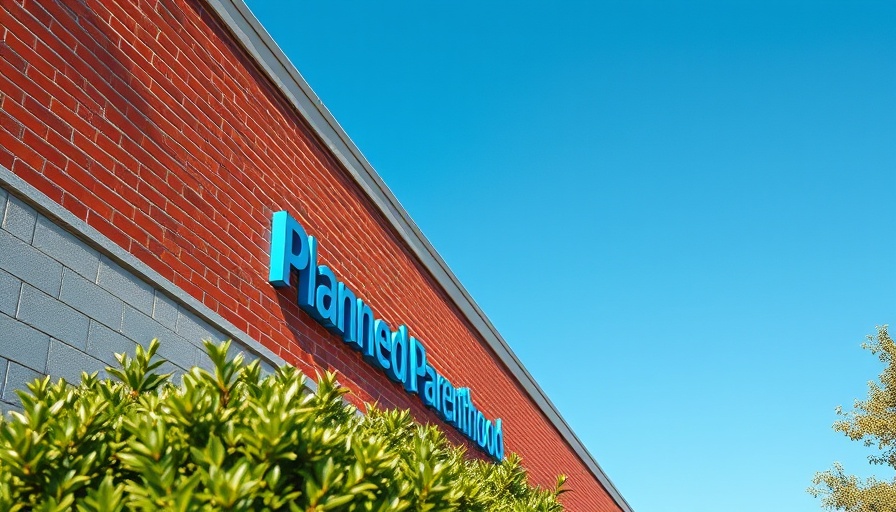
Understanding the Increase in Second-Trimester Abortions
The landscape of abortion access in the U.S. has experienced significant shifts following the Supreme Court's decision to overturn Roe v. Wade. Recent research published in the American Journal of Public Health highlights a troubling trend: second-trimester abortions have more than doubled in states with near-total abortion bans. This increase, jumping from 8% to 17%, showcases the unintended consequences of stringent legislative measures. Many women find themselves facing additional logistical challenges and delays, forcing them deeper into pregnancy before seeking care.
Logistical Hurdles: A Barrier to Timely Care
As Diana Greene Foster, a professor at the University of California, explains, the increase in second-trimester abortions is likely not what lawmakers intended. Yet, the reality is that with each passing week, the window for obtaining an abortion shrinks. The average gestation period for those who managed to secure an abortion rose from 7.7 weeks pre-ban to 8.8 weeks post-ban. This phenomenon raises crucial questions about the health and well-being of those who feel compelled to continue in pregnancies they do not desire.
A Coalitional Perspective: Looking at Access and Opportunities
The geographical element of abortion access is profound. Many women in states with bans must travel far to reach clinics that can provide necessary services, making timely appointments increasingly complex. The circumstances leading to this situation speak not just to medical access but also to the broader societal values at play. How does one navigate a health care system designed to be responsive yet increasingly restrictive?
Challenges Amplified: Mental and Physical Health Risks
Producing a more nuanced understanding of this issue means recognizing the substantial emotional and physical burdens that are being placed on people who seek abortions. The reality is that every pregnancy represents a mixture of potential risk factors. For those who do not wish to carry a pregnancy to term, being delayed further into the gestational period raises not only the complexity of the procedure itself but additional mental health struggles as well. Unplanned pregnancies can create significant stress, anxiety, and depression, particularly for individuals facing socio-economic barriers.
Insights on Health and Wellness in the Current Landscape
This situation intersects significantly with the broader themes of health and wellness. Community health initiatives and vital support systems need to be in place to address the needs of those affected by these laws. Access to comprehensive health care—both reproductive and otherwise—is integral to fostering an environment where individuals can thrive. As such, community health and wellness programs may serve as a crucial resource for those navigating these new realities.
Shifting Public Sentiment and Advocacy Trends
The landscape of public opinion regarding abortion has also dramatically shifted. Many individuals are becoming more vocal in advocating for reproductive rights, both as an aspect of health and wellness and as a basic human right. Creating more awareness around the complexities of access can empower communities to fight against restrictive laws. Proactive engagement in health and wellness advocacy, along with participation in local movements, can drive real change and improve systems of support for vulnerable populations.
Conclusion: Advocating for Change and Health Awareness
In light of the rising trend of second-trimester abortions in response to escalating bans, it becomes imperative to advocate for equitable access to healthcare resources. Encouraging open dialogue around the implications of these bans can foster a community that supports individuals navigating complex emotional and physical health challenges.
To build a healthier society, we must prioritize advocacy for comprehensive health and wellness, ensuring everyone has the necessary resources to make informed choices regarding their bodies and health outcomes. Take action today by joining local community health initiatives that support individuals facing barriers to abortion access. Your voice can help create change!
 Add Element
Add Element  Add Row
Add Row 




Write A Comment